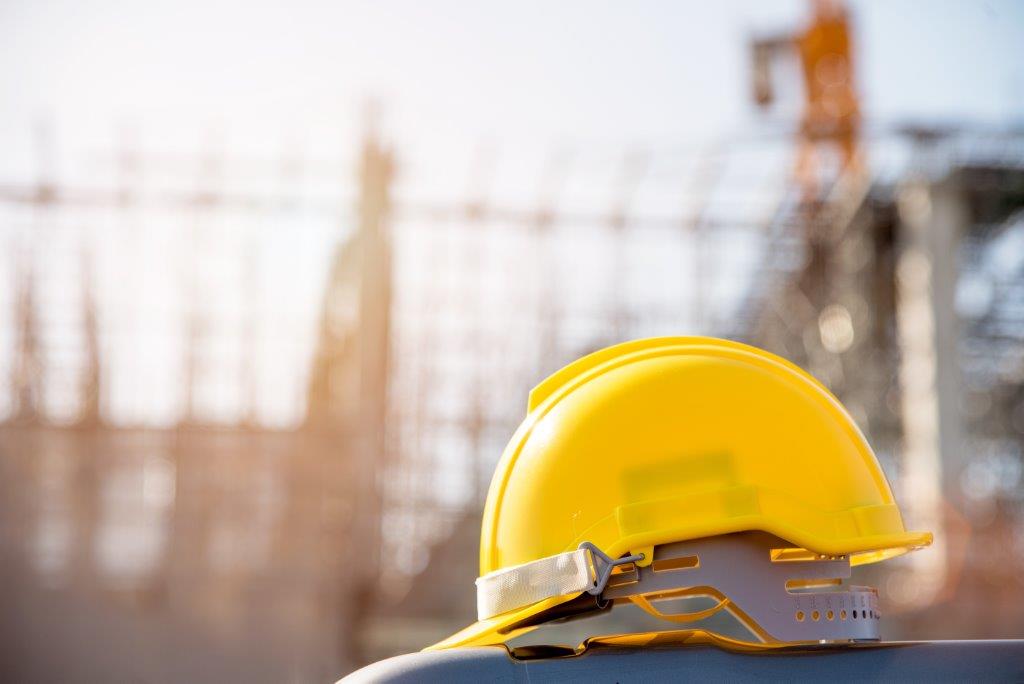
 Posted by jonathanfullarton - February 1, 2021 10:43 am
CIS – VAT reverse Charge update
Posted by jonathanfullarton - February 1, 2021 10:43 am
CIS – VAT reverse Charge update
What are the new rules?
Under the new rules contractors that charge other contractors for services within the scope of CIS will no longer have to add VAT to their invoices. They will be obliged to notify their customer that they are must account for VAT on the supply received under the reverse charge rules.
When does the legislation apply from?
The new legislation, that was originally to apply from the 1st October 2019 but was delayed due to Brexit and then COVID-19, now applied from 1st March 2020.
Who does it apply to?
It applies to businesses in the chain of supply of construction services, where both the supplier and the customer are VAT registered. Construction services are defined as services falling under the long-running Construction Industry Scheme (CIS), and include supplies such as:
- Groundworks.
- Demolition.
- Building work.
- Installation of heating and lighting systems.
- Painting and decorating.
- Cleaning the inside of buildings after construction work.
Are there any exemptions?
The following are examples of activities excluded from the definition of construction services:
- The professional services of architects or surveyors.
- The installation of security systems.
- Carpet fitting.
- Delivering materials.
What changes in practice?
Where the reverse charge applies, invoices will still be required to show all the information normally required to be shown on a VAT invoice. In addition, the invoice will need to clearly indicate that the domestic reverse charge applies, and that the customer is required to account for the VAT. In terms of terminology HMRC suggests businesses use any of the following:
- Reverse charge: VAT Act 1994 Section 55A applies
- Reverse charge: S55A VATA 94 applies
- Reverse charge: Customer to pay the VAT to HMRC
The amount of VAT due under the domestic reverse charge should be clearly stated on the invoice but should not be included in the amount shown as total VAT charged.
The business receiving the supply of services to which the DRC applies, will need to account for that VAT amount through its own VAT return instead of paying the VAT amount to its supplier. It will be able to reclaim that VAT amount as input tax, subject to the normal rules.
What if my invoice includes mixed supplies that includes a VAT reverse charge component?
In order to make the system as simple as possible HMRC have said that the VAT reverse charge should be applied to the whole invoice.
What does the VAT reverse charge mean for a sub-contractor?
If you’re a sub-contractor and your supply falls within the scope of the reverse charge you will no longer ‘charge’ customers VAT. You will instead issue VAT reverse charge invoices which will need to comply with the legislation as noted above.
You may need to update your accounting systems and software to deal with the new system of invoicing (though most cloud software will already include systems).
Your cashflow may be affected as you will no longer be receiving your customers output VAT that you would then pay over to HMRC, and you may find that you become what HMRC call a repayment trader, that is your input VAT exceeds your outputs and you start to receive refunds (you may wish to switch to monthly returns should this be the case).
You will need to remember that, although none of the invoices that the VAT reverse charge applies to will feature in Box 1 of the VAT return, they should feature in Box 6.
How about contractors? What does this mean for them?
Essentially where you are the customer, and you are applying CIS to your suppliers you will need to account for the VAT (via a reverse charge as previous done with EU sales). Rather than paying any VAT due on supplies to the sub-contractor (as you would previously doe) you will instead record it within your VAT return and pay it to HMRC as part of your normal VAT return process.
As with sub-contractors (and, of course, as a contractor may be both a contractor and a sub-contractor) this may require an update to your accounting software and systems.
There may be a cashflow benefit as the VAT you previously had to pay when paying sub-contractors, but that you had to wait until your next VAT return reclaim, would now be netted off in your VAT return.
You will need to make sure that eligible invoices appear in box 1 of the VAT return but not in Box 6. The eligible invoices should, as usual, be included in Box 4 and 7.
Under reverse charge the responsibility for paying VAT to HMRC moves from the subcontractor to the main contractor
How tough are HMRC likely to be?
HM Revenue & Customs (HMRC) has said that they will apply a light touch in dealing with related errors that occur in the first six months after introduction of this.


